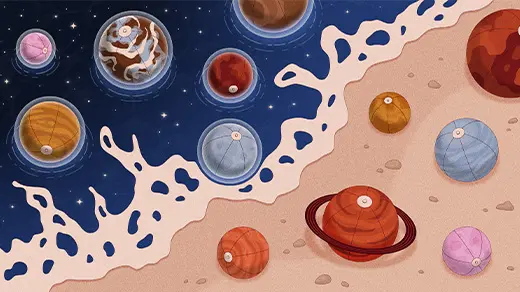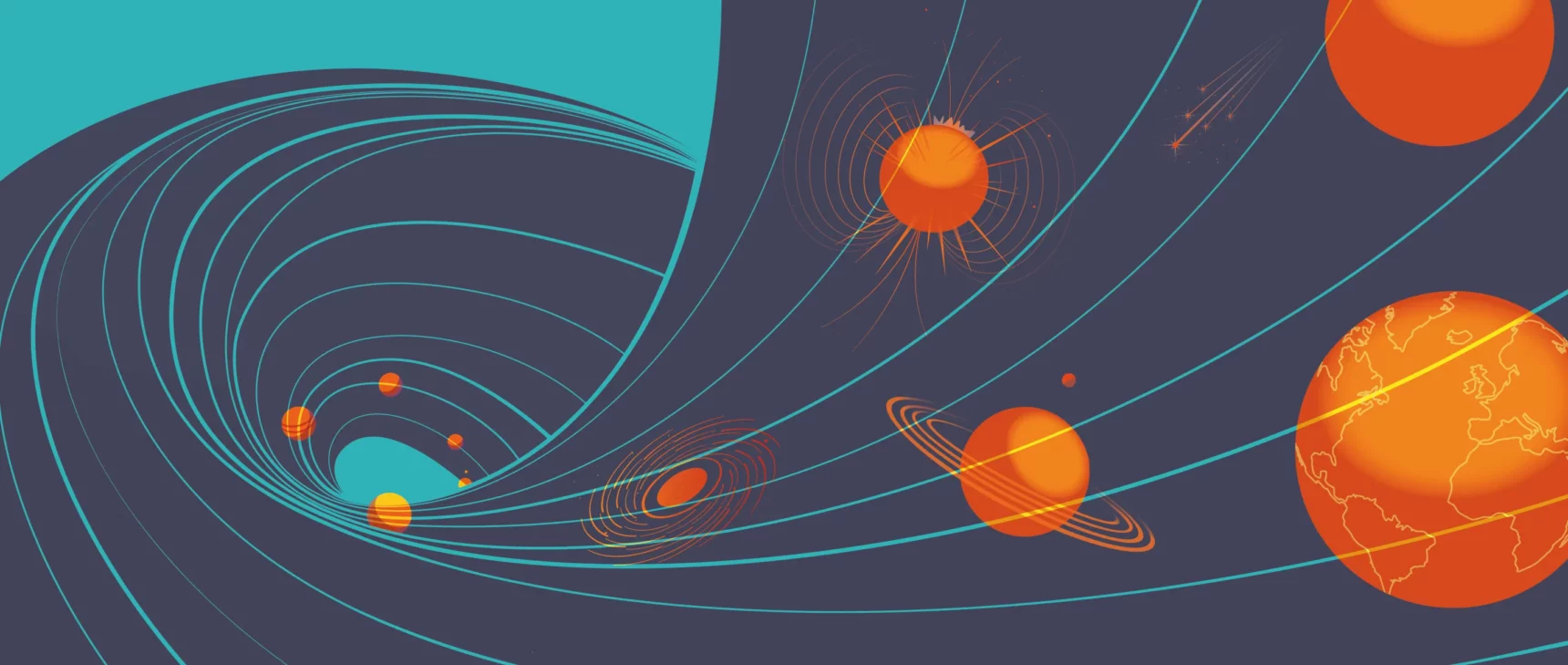Physicists Use Quantum Mechanics to Pull Energy out of Nothing
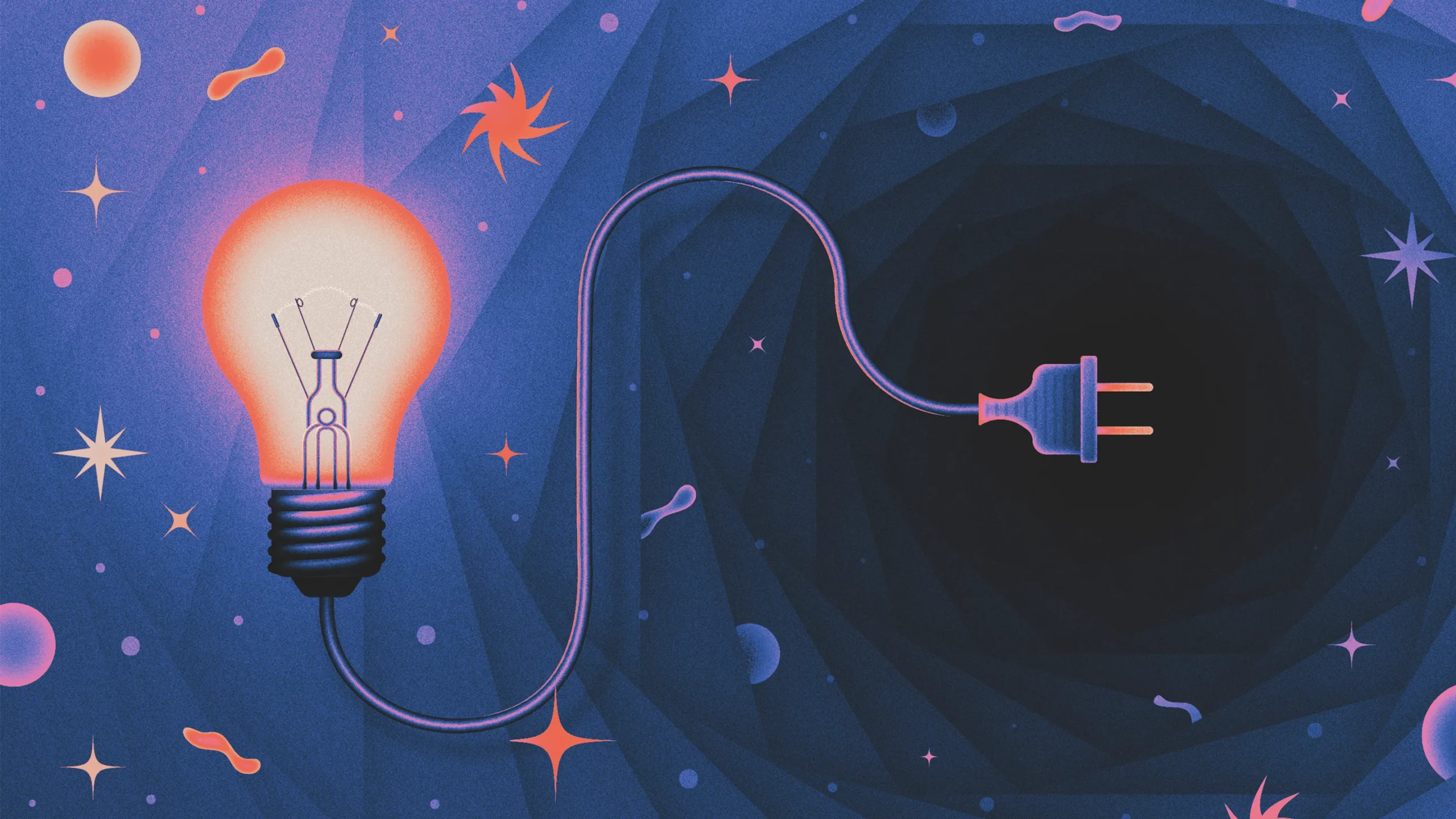
The new quantum protocol effectively borrows energy from a distant location and thus violates no sacred physical principles.
Kristina Armitage/Quanta Magazine
Introduction
For their latest magic trick, physicists have done the quantum equivalent of conjuring energy out of thin air. It’s a feat that seems to fly in the face of physical law and common sense.
“You can’t extract energy directly from the vacuum because there’s nothing there to give,” said William Unruh (opens a new tab), a theoretical physicist at the University of British Columbia, describing the standard way of thinking.
But 15 years ago, Masahiro Hotta (opens a new tab), a theoretical physicist at Tohoku University in Japan, proposed that perhaps the vacuum could, in fact, be coaxed into giving something up.
At first, many researchers ignored this work, suspicious that pulling energy from the vacuum was implausible, at best. Those who took a closer look, however, realized that Hotta was suggesting a subtly different quantum stunt. The energy wasn’t free; it had to be unlocked using knowledge purchased with energy in a far-off location. From this perspective, Hotta’s procedure looked less like creation and more like teleportation of energy from one place to another — a strange but less offensive idea.
“That was a real surprise,” said Unruh, who has collaborated with Hotta but has not been involved in energy teleportation research. “It’s a really neat result that he discovered.”
Now in the past year, researchers have teleported energy across microscopic distances in two separate quantum devices, vindicating Hotta’s theory. The research leaves little room for doubt that energy teleportation is a genuine quantum phenomenon.
“This really does test it,” said Seth Lloyd (opens a new tab), a quantum physicist at the Massachusetts Institute of Technology who was not involved in the research. “You are actually teleporting. You are extracting energy.”
Quantum Credit
The first skeptic of quantum energy teleportation was Hotta himself.
In 2008, he was searching for a way of measuring the strength of a peculiar quantum mechanical link known as entanglement, where two or more objects share a unified quantum state that makes them behave in related ways even when separated by vast distances. A defining feature of entanglement is that you must create it in one fell swoop. You can’t engineer the related behavior by messing around with one object and the other independently, even if you call up a friend at the other location and tell them what you did.
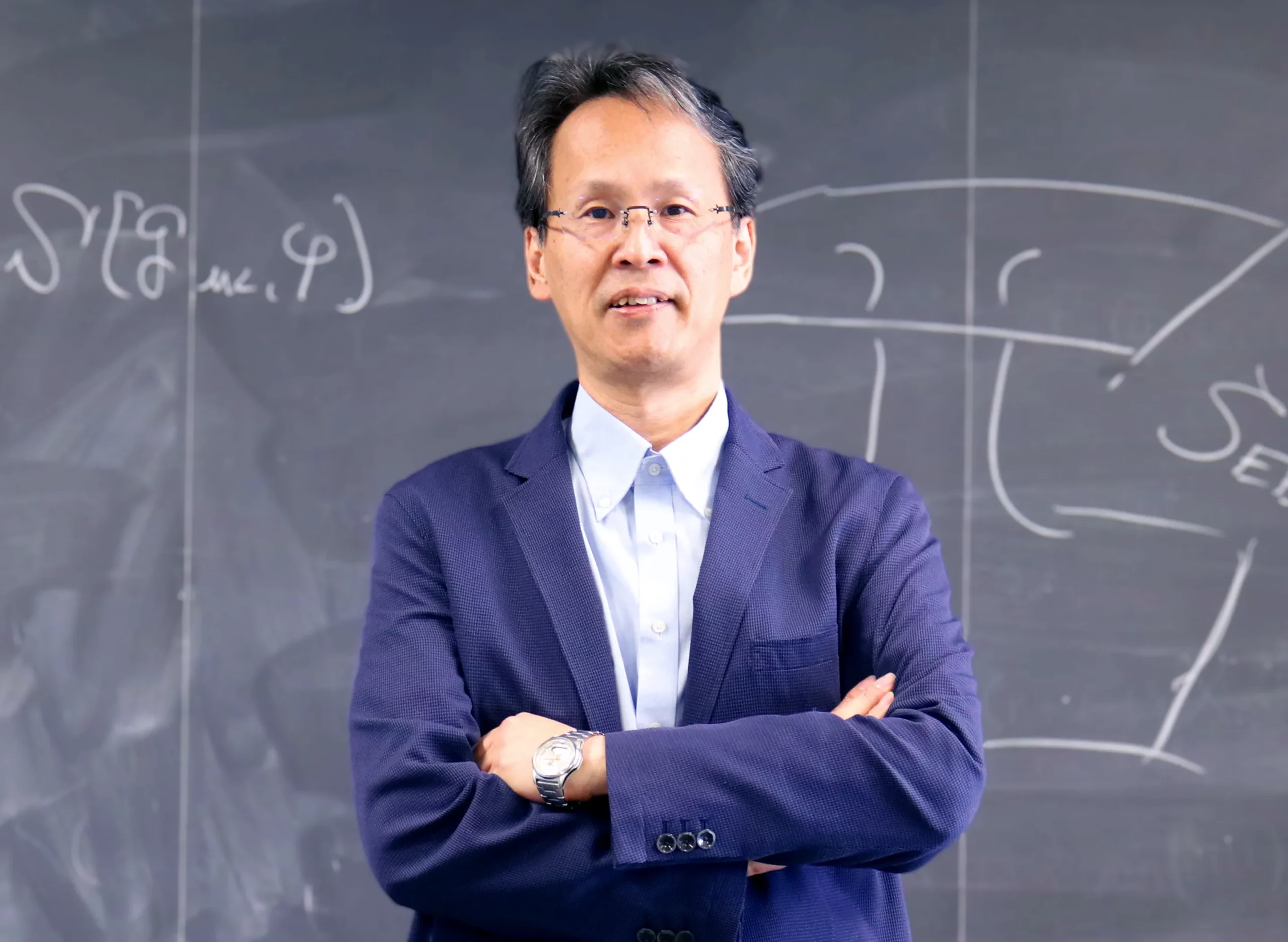
Masahiro Hotta proposed the quantum energy teleportation protocol in 2008.
Courtesy of Masahiro Hotta
While studying black holes, Hotta came to suspect that an exotic occurrence in quantum theory — negative energy — could be the key to measuring entanglement. Black holes shrink by emitting radiation entangled with their interiors, a process that can also be viewed as the black hole swallowing dollops of negative energy. Hotta noted that negative energy and entanglement appeared to be intimately related. To strengthen his case, he set out to prove that negative energy — like entanglement — could not be created through independent actions at distinct locations.
Hotta found, to his surprise, that a simple sequence of events could, in fact, induce the quantum vacuum to go negative — giving up energy it didn’t appear to have. “First I thought I was wrong,” he said, “so I calculated again, and I checked my logic. But I could not find any flaw.”
The trouble arises from the bizarre nature of the quantum vacuum, which is a peculiar type of nothing that comes dangerously close to resembling a something. The uncertainty principle forbids any quantum system from settling down into a perfectly quiet state of exactly zero energy. As a result, even the vacuum must always crackle with fluctuations in the quantum fields that fill it. These never-ending fluctuations imbue every field with some minimum amount of energy, known as the zero-point energy. Physicists say that a system with this minimal energy is in the ground state. A system in its ground state is a bit like a car parked on the streets of Denver. Even though it’s well above sea level, it can’t go any lower.
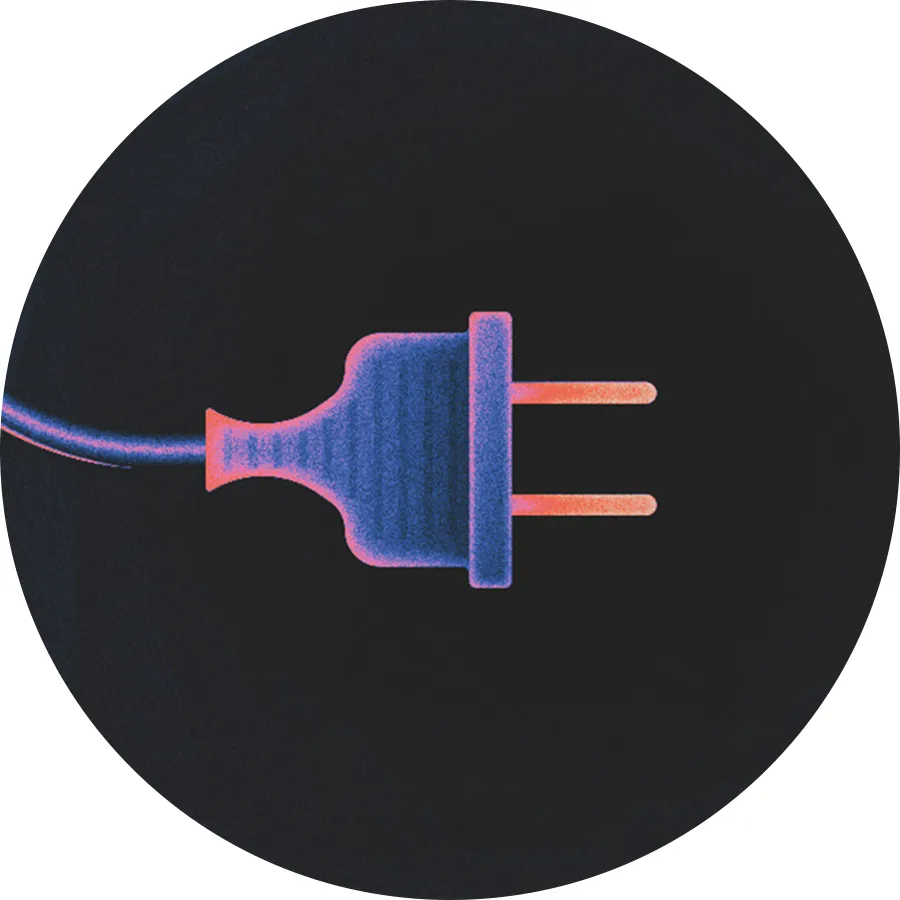
And yet, Hotta seemed to have found an underground garage. To unlock the gate, he realized, he had only to exploit an intrinsic entanglement in the crackling of the quantum field.
The incessant vacuum fluctuations cannot be used to power a perpetual motion machine, say, because the fluctuations at a given location are completely random. If you imagine hooking up a fanciful quantum battery to the vacuum, half the fluctuations would charge the device while the other half would drain it.
But quantum fields are entangled — the fluctuations in one spot tend to match fluctuations in another spot. In 2008, Hotta published a paper outlining how two physicists, Alice and Bob, might exploit these correlations (opens a new tab) to pull energy out of the ground state surrounding Bob. The scheme goes something like this.
Bob finds himself in need of energy — he wants to charge that fanciful quantum battery — but all he has access to is empty space. Fortunately, his friend Alice has a fully equipped physics lab in a far-off location. Alice measures the field in her lab, injecting energy into it there and learning about its fluctuations. This experiment bumps the overall field out of the ground state, but as far as Bob can tell, his vacuum remains in the minimum-energy state, randomly fluctuating.
But then Alice texts Bob her findings about the vacuum around her location, essentially telling Bob when to plug in his battery. After Bob reads her message, he can use the newfound knowledge to prepare an experiment that extracts energy from the vacuum — up to the amount injected by Alice.
“That information allows Bob, if you want, to time the fluctuations,” said Eduardo Martín-Martínez (opens a new tab), a theoretical physicist at the University of Waterloo and the Perimeter Institute who worked on one of the new experiments. (He added that the notion of timing is more metaphorical than literal, due to the abstract nature of quantum fields.)
Bob can’t extract more energy than Alice put in, so energy is conserved. And he lacks the necessary knowledge to extract the energy until Alice’s text arrives, so no effect travels faster than light. The protocol doesn’t violate any sacred physical principles.
Nevertheless, Hotta’s publication was met with crickets. Machines that exploit the zero-point energy of the vacuum are a mainstay of science fiction, and his procedure rankled physicists tired of fielding crackpot proposals for such devices. But Hotta felt certain he was onto something, and he continued to develop (opens a new tab) his idea (opens a new tab) and promote it in talks. He received further encouragement from Unruh, who had gained prominence for discovering another odd vacuum behavior.
“This kind of stuff is almost second nature to me,” Unruh said, “that you can do strange things with quantum mechanics.”
Hotta also sought a way to test it. He connected with Go Yusa, an experimentalist specializing in condensed matter at Tohoku University. They proposed an experiment in a semiconductor system (opens a new tab) with an entangled ground state analogous to that of the electromagnetic field.
But their research has been repeatedly delayed by a different kind of fluctuation. Soon after their initial experiment was funded, the March 2011 Tohoku earthquake and tsunami devastated the eastern coast of Japan — including Tohoku University. In recent years, further tremors damaged their delicate lab equipment twice. Today they are once more starting essentially from scratch.
Making the Jump
In time, Hotta’s ideas also took root in a less earthquake-prone part of the globe. At Unruh’s suggestion, Hotta gave a lecture at a 2013 conference in Banff, Canada. The talk captured the imagination of Martín-Martínez. “His mind works differently from everybody else,” Martín-Martínez said. “He’s a person that has a lot of out-of-the-box ideas that are extremely creative.”
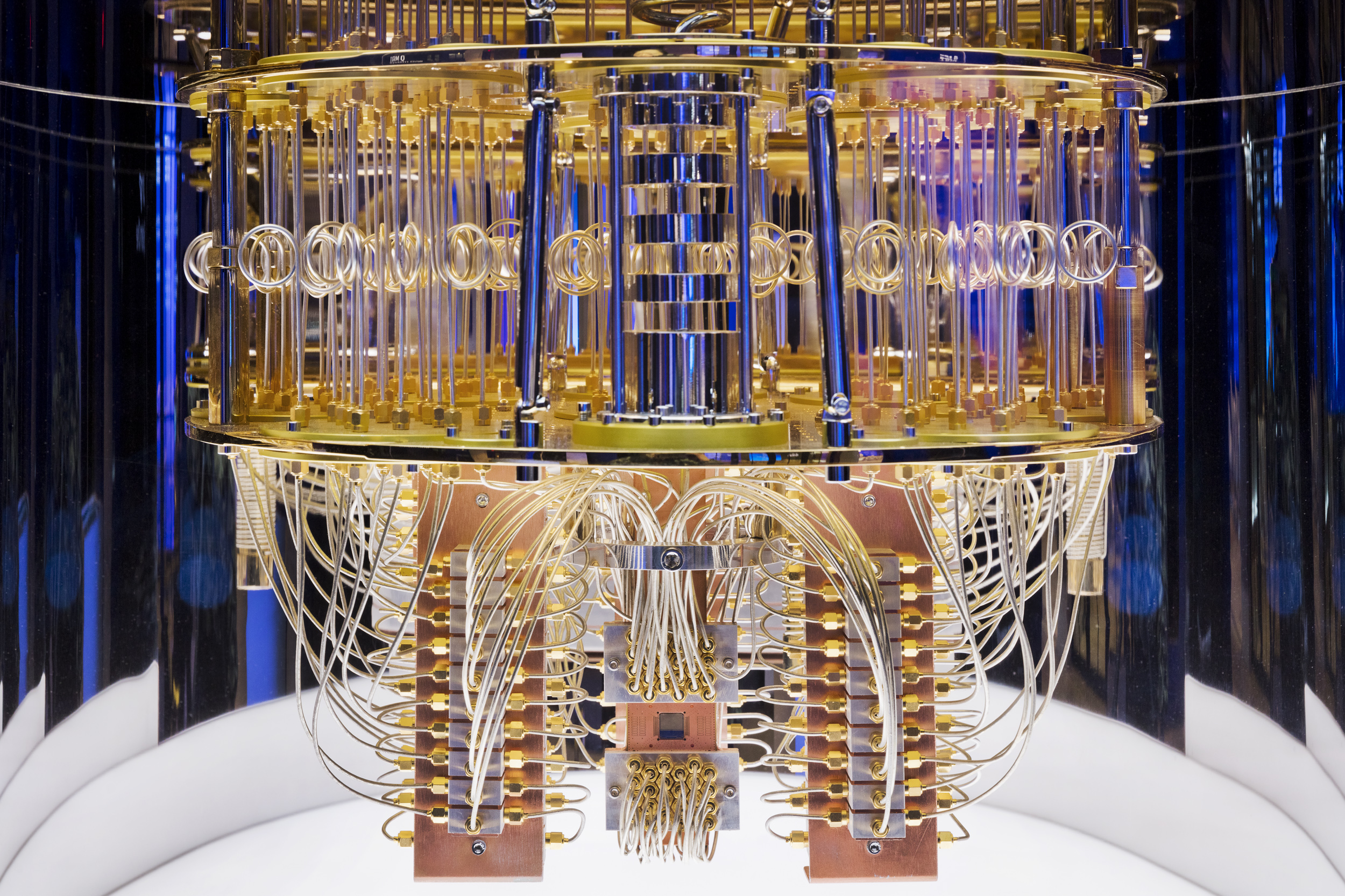
An experimental test of the teleportation protocol was run on one of IBM’s quantum computers, seen here at the Consumer Electronics Show in Las Vegas in 2020.
IBM
Martín-Martínez, who half-seriously styles himself as a “space-time engineer,” has long felt drawn to physics at the edge of science fiction. He dreams of finding physically plausible ways of creating wormholes, warp drives and time machines. Each of these exotic phenomena amounts to a bizarre shape of space-time that is permitted by the extremely accommodating equations of general relativity. But they are also forbidden by so-called energy conditions, a handful of restrictions that the renowned physicists Roger Penrose and Stephen Hawking slapped on top of general relativity to stop the theory from showing its wild side.
Chief among the Hawking-Penrose commandments is that negative energy density is forbidden. But while listening to Hotta’s presentation, Martín-Martínez realized that dipping below the ground state smelled a bit like making energy negative (opens a new tab). The concept was catnip to a fan of Star Trek technologies, and he dove into Hotta’s work.
He soon realized that energy teleportation could help solve a problem faced by some of his colleagues in quantum information, including Raymond Laflamme (opens a new tab), a physicist at Waterloo, and Nayeli Rodríguez-Briones (opens a new tab), Laflamme’s student at the time. The pair had a more down-to-earth goal: to take qubits, the building blocks of quantum computers, and make them as cold as possible. Cold qubits are reliable qubits, but the group had run into a theoretical limit beyond which it seemed impossible to pull out any more heat — much as Bob confronted a vacuum from which energy extraction seemed impossible.
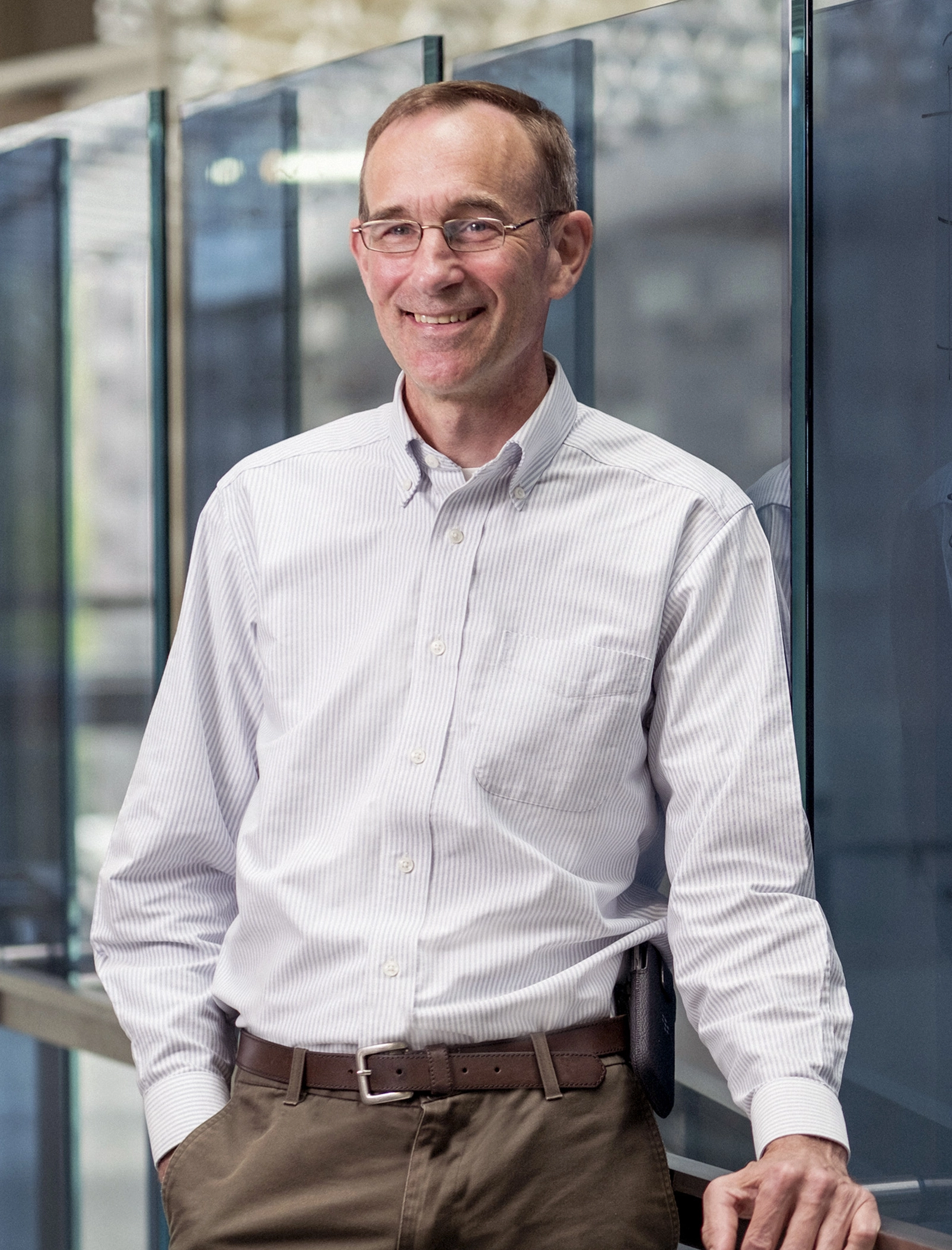
Raymond Laflamme’s group at the University of Waterloo validated the quantum energy teleportation protocol last year.
Institute for Quantum Computing/University of Waterloo
In his first pitch to Laflamme’s group, Martín-Martínez faced a lot of skeptical questions. But as he addressed their doubts, they became more receptive. They started studying quantum energy teleportation, and in 2017 they proposed a method (opens a new tab) for spiriting energy away from qubits to leave them colder than any other known procedure could make them. Even so, “it was all theory,” Martín-Martínez said. “There was no experiment.”
Martín-Martínez and Rodríguez-Briones, together with Laflamme and an experimentalist, Hemant Katiyar (opens a new tab), set out to change that.
They turned to a technology known as nuclear magnetic resonance, which uses mighty magnetic fields and radio pulses to manipulate the quantum states of atoms in a large molecule. The group spent a few years planning the experiment, and then over a couple of months in the midst of the pandemic Katiyar arranged to teleport energy between two carbon atoms playing the roles of Alice and Bob.
First, a finely tuned series of radio pulses put the carbon atoms into a particular minimum-energy ground state featuring entanglement between the two atoms. The zero-point energy for the system was defined by the initial combined energy of Alice, Bob and the entanglement between them.
Next, they fired a single radio pulse at Alice and a third atom, simultaneously making a measurement at Alice’s position and transferring the information to an atomic “text message.”
Finally, another pulse aimed at both Bob and the intermediary atom simultaneously transmitted the message to Bob and made a measurement there, completing the energy chicanery.
They repeated the process many times, making many measurements at each step in a way that allowed them to reconstruct the quantum properties of the three atoms throughout the procedure. In the end, they calculated that the energy of the Bob carbon atom had decreased on average, and thus that energy had been extracted and released into the environment. This happened despite the fact that the Bob atom always started out in its ground state. From start to finish, the protocol took no more than 37 milliseconds. But for energy to have traveled from one side of the molecule to the other, it normally would have taken more than 20 times longer — approaching a full second. The energy spent by Alice allowed Bob to unlock otherwise inaccessible energy.
“It was very neat to see that with current technology it’s possible to observe the activation of energy,” said Rodríguez-Briones, who is now at the University of California, Berkeley.
They described the first demonstration (opens a new tab) of quantum energy teleportation in a preprint that they posted in March 2022; the research has since been accepted for publication in Physical Review Letters.

Nayeli Rodríguez-Briones thinks that these systems can be used to study heat, energy and entanglement in quantum systems.
Institute for Quantum Computing/University of Waterloo
The second demonstration would follow 10 months later.
A few days before Christmas, Kazuki Ikeda (opens a new tab), a quantum computation researcher at Stony Brook University, was watching a YouTube video that mentioned wireless energy transfer. He wondered if something similar could be done quantum mechanically. He then remembered Hotta’s work — Hotta had been one of his professors when he was an undergraduate at Tohoku University — and realized he could run a quantum energy teleportation protocol on IBM’s quantum computing platform.
Over the next few days, he wrote and remotely executed just such a program. The experiments verified that the Bob qubit dropped below its ground-state energy. By January 7, he had posted his results (opens a new tab) in a preprint.
Nearly 15 years after Hotta first described energy teleportation, two simple demonstrations less than a year apart had proved it was possible.
“The experimental papers are nicely done,” Lloyd said. “I was kind of surprised that nobody did it sooner.”
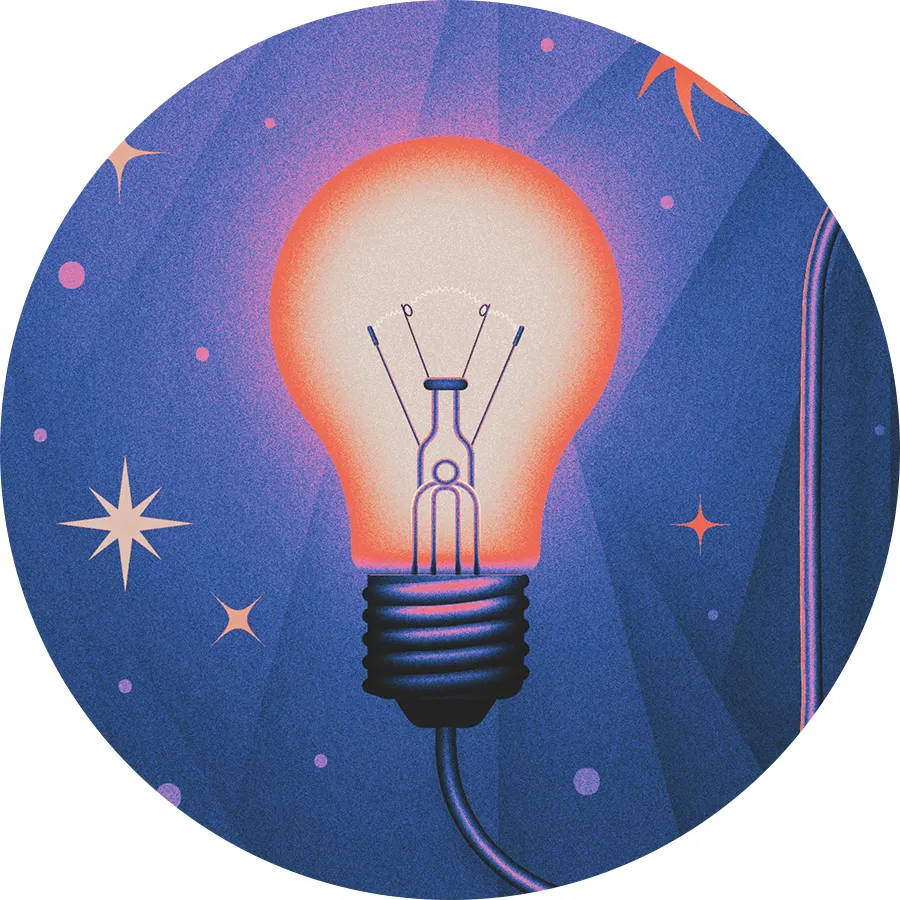
Sci-Fi Dreams
And yet, Hotta is not yet completely satisfied.
He praises the experiments as an important first step. But he views them as quantum simulations, in the sense that the entangled behavior is programmed into the ground state — either through radio pulses or through quantum operations in IBM’s devices. His ambition is to harvest zero-point energy from a system whose ground state naturally features entanglement in the same way that the fundamental quantum fields that permeate the universe do.
To that end, he and Yusa are forging ahead with their original experiment. In the coming years, they hope to demonstrate quantum energy teleportation in a silicon surface featuring edge currents with an intrinsically entangled ground state — a system with behavior closer to that of the electromagnetic field.
In the meantime, each physicist has their own vision of what energy teleportation might be good for. Rodríguez-Briones suspects that in addition to helping stabilize quantum computers, it will continue to play an important role in the study of heat, energy and entanglement in quantum systems. In late January, Ikeda posted another paper (opens a new tab) that detailed how to build energy teleportation into the nascent quantum internet.
Martín-Martínez continues to chase his sci-fi dreams. He has teamed up with Erik Schnetter (opens a new tab), an expert in general relativity simulations at the Perimeter Institute, to calculate exactly how space-time would react to particular arrangements of negative energy.
Some researchers find his quest intriguing. “That’s a laudable goal,” Lloyd said with a chuckle. “In some sense it would be scientifically irresponsible not to follow up on this. Negative energy density has very important consequences.”
Others caution that the road from negative energies to exotic shapes of space-time is winding and uncertain. “Our intuition for quantum correlations is still being developed,” Unruh said. “One constantly gets surprised by what is actually the case once one is able to do the calculation.”
Hotta, for his part, doesn’t spend too much time thinking about sculpting space-time. For now, he feels pleased that his quantum correlation calculation from 2008 has established a bona fide physical phenomenon.
“This is real physics,” he said, “not science fiction.”




